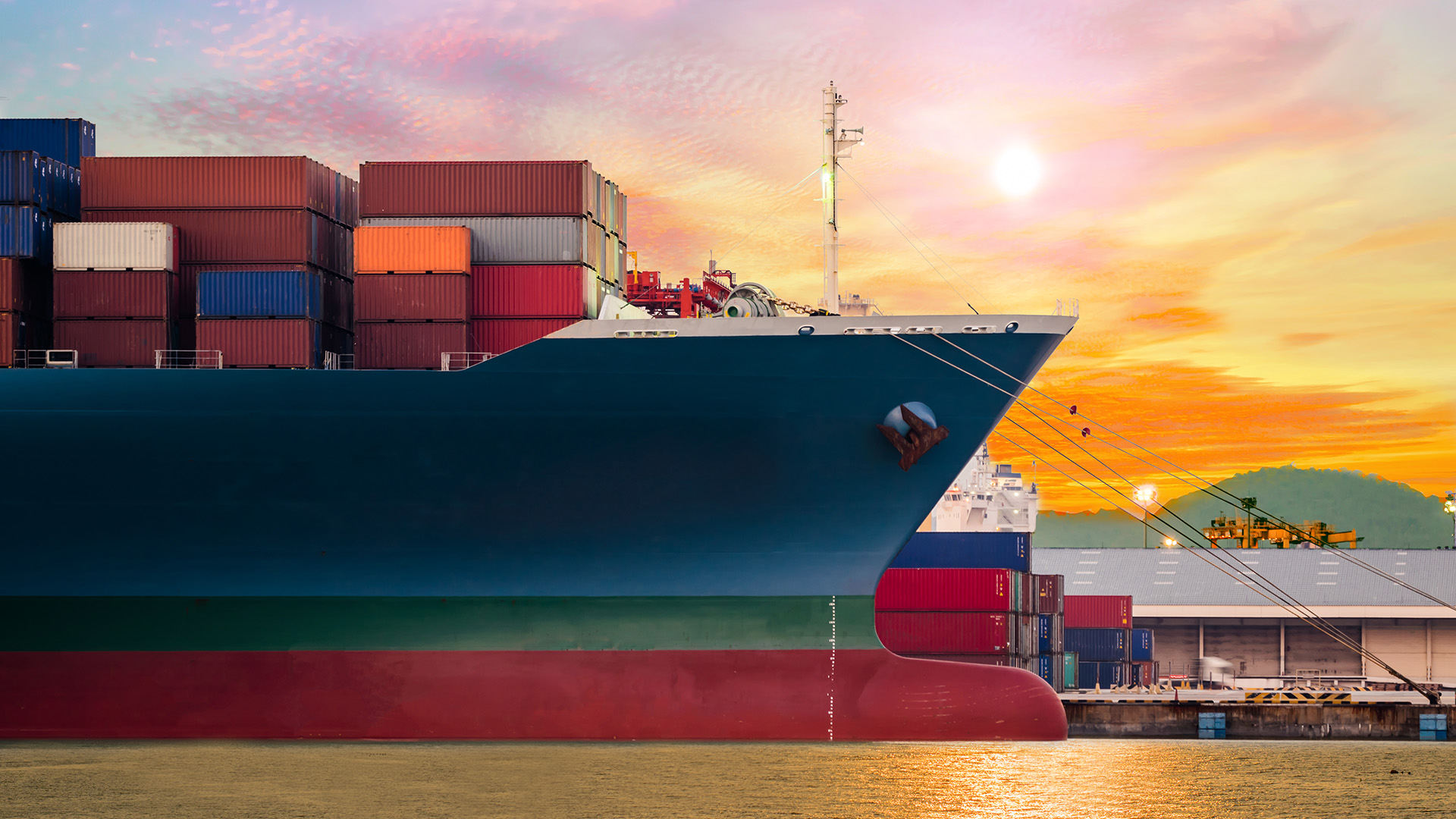The maritime sector is undergoing one of its most significant operational shifts in decades.
Regulations such as EU ETS, CII and FuelEU Maritime are tightening. Charterers and financiers increasingly demand transparency. Fuel prices, carbon exposure, and schedule reliability are under continuous scrutiny. And across the industry, one theme appears again and again:
Operators know they need better data but many don’t yet trust the data they have.
For most fleets, daily noon reports remain the backbone of performance monitoring. They are simple, familiar, and embedded in operational routines. But they are also infrequent, manually compiled, and unable to provide timely insight into why performance changes, only that it did.
Digitalization does not require abandoning noon reports overnight. The real opportunity lies in evolving from where you are today, at a pace aligned with your operational and commercial priorities.
Step 1: Build Insight From the Data Already Onboard
Noon reports are more than a compliance requirement, they are already a structured performance dataset. When examined consistently, they can reveal:
- Fuel consumption patterns over time
- Variations in performance across sister vessels
- The operational influence of weather and loading
- Behavioral differences between crews and voyages
This is where data maturity begins, not with new sensors, but with consistent, comparative performance review. It establishes shared understanding between ship and shore. And that alignment lays the foundation for every digital step that follows.
Step 2: Strengthen Data Integrity Before Scaling Data Quantity
Before increasing the volume of data, organizations must increase trust in the data they use.
This means:
- Standardizing KPI definitions and data formats
- Reducing variation in manual entries
- Reviewing anomalies systematically
- Connecting noon report data to actual operational discussions
When data becomes reliable, it becomes actionable.
Step 3: Introduce High-Frequency Data to Answer the Questions Noon Reports Can’t
Eventually, the questions become more specific, and noon reports alone cannot answer them.
For example: Two sister ships follow the same route, at similar speeds, under similar conditions. Yet one consistently burns more fuel. Noon reports can show the difference, but not explain it.
High-frequency sensor data makes the cause visible:
- Continuous RPM fluctuations
- Suboptimal trim
- Early hull fouling
- Weather-state interactions
- Engine load inefficiencies
These are operational realities that only emerge when data is captured continuously, not once per day.
This clarity enables:
- Precise fuel optimization rather than guesswork
- Condition-based maintenance rather than reactive repairs
- Dynamic voyage planning rather than static schedules
- Real-time communication instead of post-voyage analysis
In other words: Noon reports describe performance whereas High-frequency data influences performance.
Step 4: Move From Data to Action With People at the Center
High-frequency data alone does not change outcomes.
People do, when insights are usable, contextual, and part of their workflow.
Digitalization succeeds when:
- Crews receive clear operational guidance, not dashboards
- Shore teams can compare vessels with confidence
- Charterers and regulators see transparent, consistent reporting
- Superintendents can act before issues become failures
The goal is not more data. The goal is timely, trustworthy insight that leads to better decisions.
Conclusion
The transition from noon reports to high-frequency operational insight is not a single leap, it is a progression.
It begins with building confidence in the data already aboard your vessels, develops through improved consistency and shared understanding, and evolves into real-time performance intelligence that supports better decisions at sea and on shore.
This journey reflects the reality of modern shipping: growing regulatory expectations, rising commercial transparency demands, and increasing pressure to optimize fuel, emissions, and fleet efficiency. High-frequency data enables that shift, but the real transformation happens when insights become part of daily workflows, when crews are empowered, and when ship and shore teams make decisions based on shared situational awareness.
And the most important part is this: you don’t need to do everything at once. Progress can be incremental, practical, and aligned with your fleet’s operational maturity and commercial pace.
At Danelec, we support shipowners at every stage of digital maturity:
- If you’re working primarily with noon reports, we help strengthen data integrity and unlock actionable performance signals.
- If you’re ready to introduce high-frequency data, we provide reliable, retrofit-ready infrastructure that works with any vessel, any sensor, and any system.
- If you’re evolving toward real-time optimization, we deliver analytics and decision support that turn data into measurable operational improvements.
Whether your next step is small or strategic, we’re here to help you take it with confidence.
If you’d like to explore what meaningful progress could look like for your fleet, we offer a free consultation with our performance specialists. Get in touch to begin your digitalization journey at your pace, on your terms.




